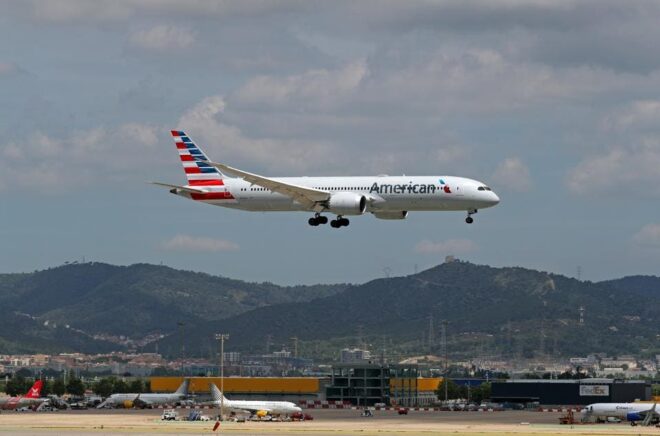
Nasdaq Gains 1% Amid Market Optimism
The Nasdaq Composite Index recently experienced a 1% gain, driven by positive market sentiment and robust performances from technology giants. This uptick reflects a broader trend in investor confidence, buoyed by several economic indicators and corporate earnings reports that exceeded expectations.
Factors Driving Nasdaq’s Rise
1. Strong Earnings Reports:
Major technology companies, including Apple, Microsoft, and Amazon, have released quarterly earnings that surpassed analyst forecasts. These tech behemoths continue to demonstrate resilience and adaptability in a fluctuating economic environment, contributing significantly to the Nasdaq’s performance.
2. Economic Data:
Recent economic data have shown signs of improvement, with unemployment rates declining and consumer spending on the rise. This positive economic outlook has encouraged investors to increase their exposure to equities, particularly in the technology sector, which has shown consistent growth.
3. Monetary Policy:
The Federal Reserve’s stance on interest rates has been another contributing factor. By maintaining relatively low interest rates, the Fed has created a favorable environment for borrowing and investment, encouraging growth in sectors heavily represented in the Nasdaq.
4. Technological Innovation:
The continuous advancement in technology, including developments in artificial intelligence, cloud computing, and renewable energy, has fueled investor optimism. Companies leading in these fields are attracting significant investment, further driving the index upwards.
American Airlines Cuts Earnings Forecast
In contrast to the Nasdaq’s positive performance, American Airlines announced a cut in its earnings forecast, citing several challenges impacting its financial outlook. This announcement sent ripples through the airline industry and raised concerns about the sector’s recovery prospects post-pandemic.
Reasons Behind the Earnings Cut
1. Rising Fuel Costs:
One of the primary reasons for the revised earnings forecast is the increase in fuel prices. As a major operational cost for airlines, higher fuel prices directly impact profitability. The geopolitical tensions in key oil-producing regions have exacerbated this issue, leading to volatile fuel markets.
2. Operational Challenges:
American Airlines has faced several operational disruptions, including staffing shortages and technical issues, which have affected its ability to maintain a consistent flight schedule. These disruptions not only incur additional costs but also impact customer satisfaction and brand reputation.
3. Competitive Pressure:
The airline industry is highly competitive, with carriers striving to attract passengers through competitive pricing and enhanced service offerings. This competitive environment pressures margins and makes it challenging to maintain profitability, especially when external costs, such as fuel, are rising.
4. Post-Pandemic Recovery:
While there has been a rebound in air travel demand, the recovery has been uneven. Business travel, a significant revenue driver for airlines, has not returned to pre-pandemic levels. This slow recovery in a critical segment affects overall revenue and profitability.
Impact on the Airline Industry
American Airlines’ decision to cut its earnings forecast has implications beyond its balance sheet, affecting the broader airline industry and investor sentiment.
1. Investor Concerns:
The revised forecast has raised concerns among investors about the sustainability of the airline industry’s recovery. While leisure travel has seen a significant rebound, uncertainties around business travel and operational costs continue to pose challenges.
2. Industry-Wide Reassessment:
Other airlines may also need to reassess their financial forecasts in light of similar challenges. Rising costs and operational issues are industry-wide concerns, and American Airlines’ announcement may prompt other carriers to reevaluate their outlooks.
3. Focus on Efficiency:
To mitigate the impact of rising costs, airlines are likely to focus on improving operational efficiency. This could involve investing in more fuel-efficient aircraft, optimizing flight routes, and leveraging technology to streamline operations.
4. Government Support and Regulation:
The airline industry’s challenges may prompt discussions around government support and regulation. Policymakers might need to consider measures to support the sector’s recovery, particularly if rising operational costs continue to threaten profitability.
Conclusion
The recent developments in the Nasdaq and American Airlines highlight the dynamic nature of financial markets and the diverse factors influencing different sectors. While the technology sector continues to thrive, buoyed by innovation and strong economic indicators, the airline industry faces a more challenging path to recovery.
Investors and industry stakeholders must navigate these complexities, balancing opportunities in high-growth sectors with the risks and uncertainties in more volatile industries. As the global economy continues to evolve, market participants will need to remain vigilant, adapting their strategies to align with the shifting landscape.
Overall, while the Nasdaq’s gains reflect positive momentum in the tech sector, American Airlines’ earnings cut serves as a reminder of the ongoing challenges facing the airline industry. Both developments underscore the importance of staying informed and agile in today’s fast-paced financial environment.